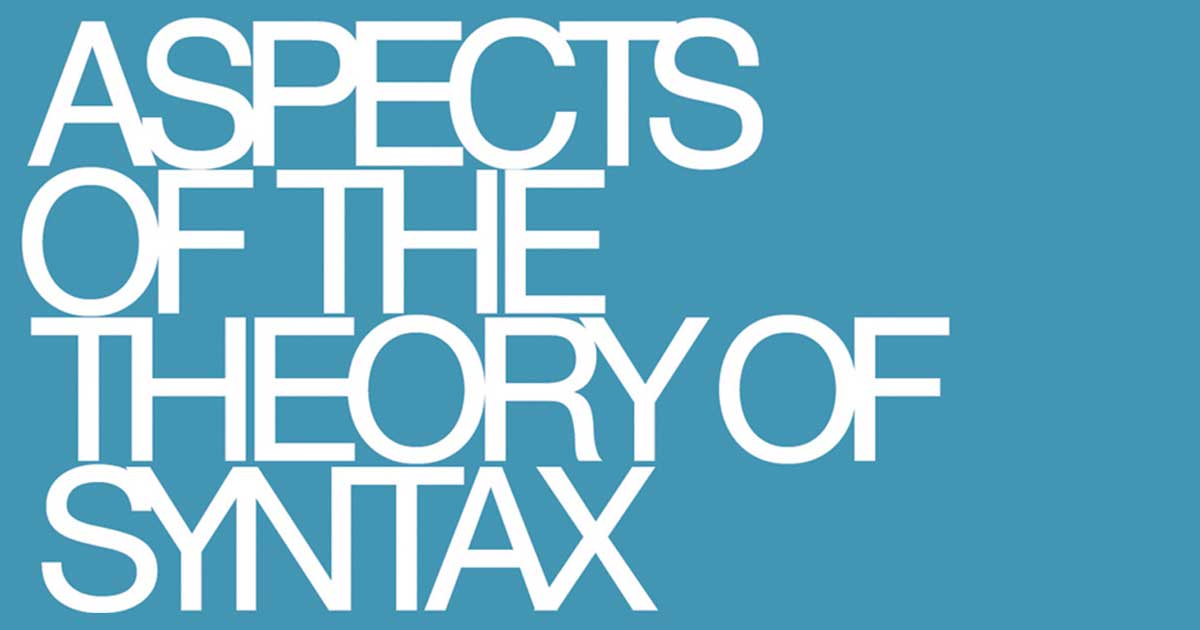Category Theory Illustrated - Orders
Given a set of objects, there can be numerous criteria, based on which to order them (depending on the objects themselves) — size, weight, age, alphabetical order etc.
However, currently we are not interested in the criteria that we can use to order objects, but in the nature of the relationships that define order. Of which there can be several types as well.
Not all binary relationships are orders — only ones that fit certain criteria that we are going to examine as we review the different types of order.
Let’s start with an example — the most straightforward type of order that you think of is linear order i.e. one in which every object has its place depending on every other object. In this case the ordering criteria is completely deterministic and leaves no room for ambiguity in terms of which element comes before which. For example, order of colors, sorted by the length of their light-waves (or by how they appear in the rainbow).
Using set theory, we can represent this order, as well as any other order, as a cartesian products of the order’s underlying set with itself.



















